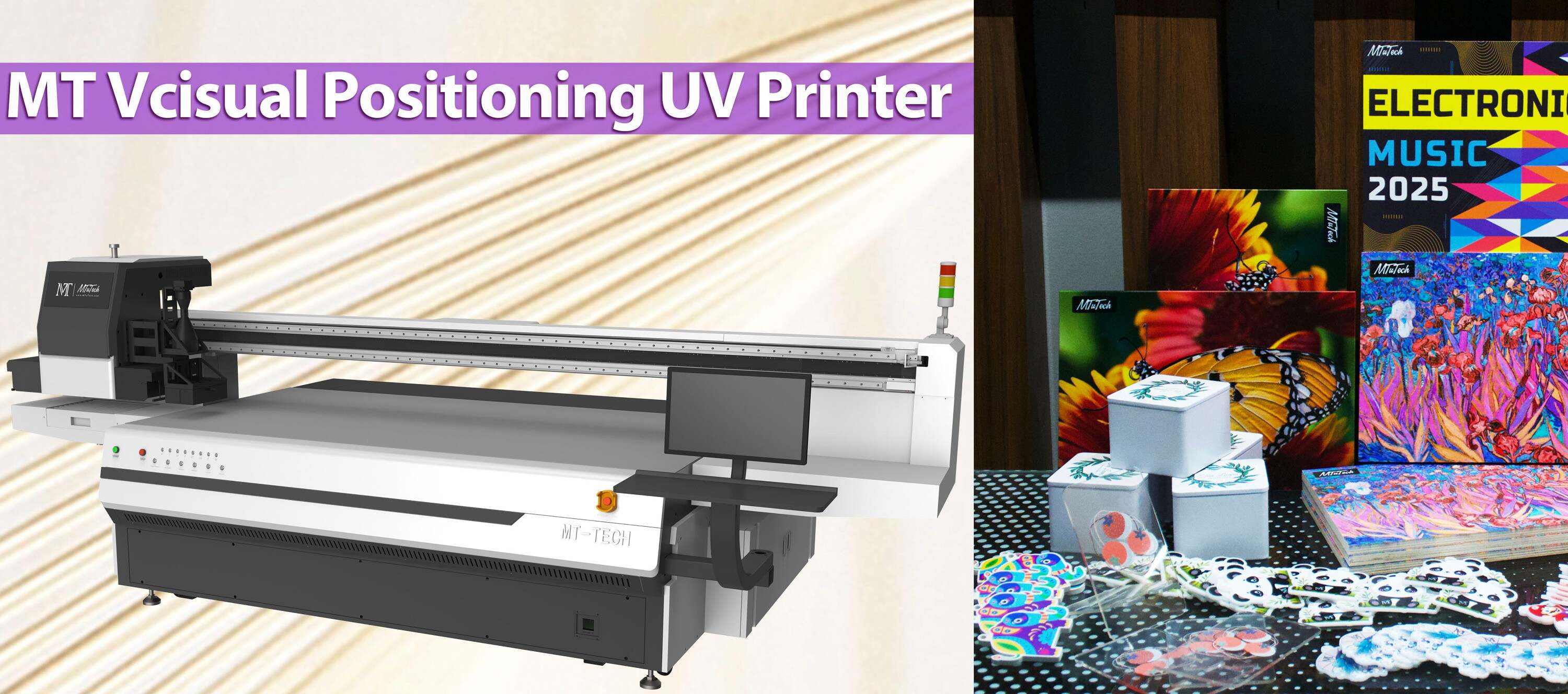 Introduction
Introduction
White ink is one of the defining features of UV printers — and a game-changer for printing on dark, transparent, or colored surfaces. It acts as a base coat, a highlight layer, or even a design element itself. But many users either underutilize it or misunderstand its capabilities. In this blog, we break down when and why you should be using white ink in your UV printing workflow.
What is White Ink in UV Printing?
Unlike regular CMYK inks, white ink is opaque. It doesn't blend but rather sits as a solid layer beneath or above other colors. UV white ink is cured instantly with UV light, making it perfect for printing on non-white or specialty materials.
When to Use White Ink in UV Printing
- On Transparent Surfaces: Such as acrylic, glass, or PET. Without white ink, the print appears faded or see-through.
- On Dark Materials: Like wood, leather, or black PVC — white acts as a base to make other colors pop.
- As a Design Element: Create bold white-on-color text or graphic-only designs.
- For Layered Effects: Used in 3D, textured, or multi-pass prints for artistic impact.
How White Ink Enhances Print Quality
- Improved Opacity: Prevents colors from being absorbed or faded into dark surfaces.
- True Color Accuracy: CMYK prints appear richer and more vibrant over a white base.
- Professional Finish: Delivers premium output expected by high-end clients.
Best Practices for Using White Ink
- Use in combination with visual positioning to apply white ink precisely.
- Adjust ink limits to avoid over-saturation.
- Always shake white ink cartridges before use to prevent sedimentation.
- Run regular nozzle checks — white ink tends to clog more often than CMYK.
Challenges and Maintenance Tips
- Clogging Risk: White ink is thicker, so regular cleaning is essential.
- Higher Ink Consumption: White layers can consume 2–3x more ink than color layers.
- Requires More Curing: Needs slightly more UV exposure to fully harden.
- Storage: Store white ink in a cool, dark place and agitate periodically if unused.
Conclusion
White ink isn’t just a bonus — it’s a necessity for professional-grade UV printing. It unlocks creative possibilities and ensures your designs stand out, especially on unconventional materials. Mastering its use will significantly enhance the value and versatility of your printing business.
Unlock the full potential of white ink UV printing with our advanced hybrid UV printer — perfect for dark, clear, and multi-layered applications.
